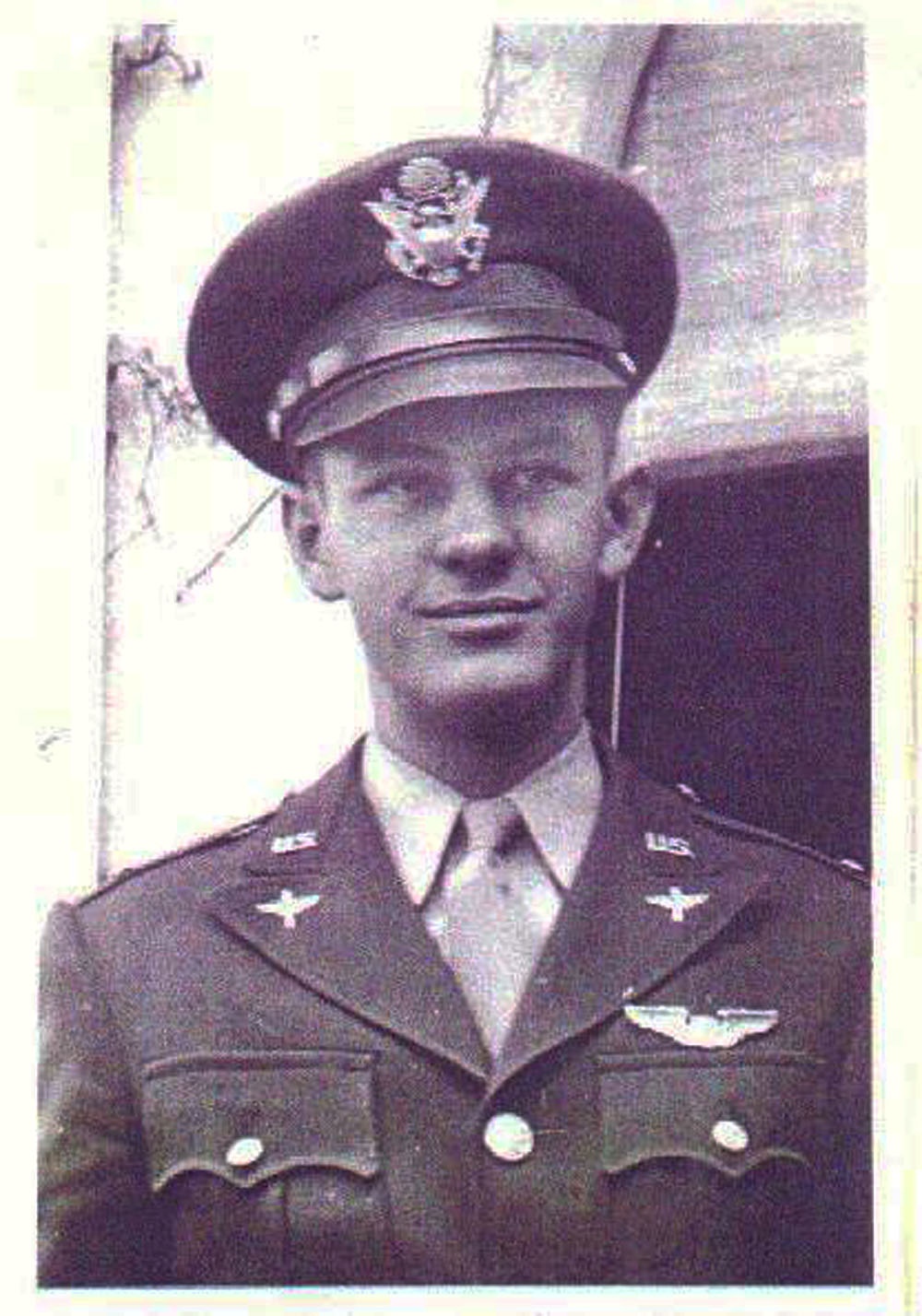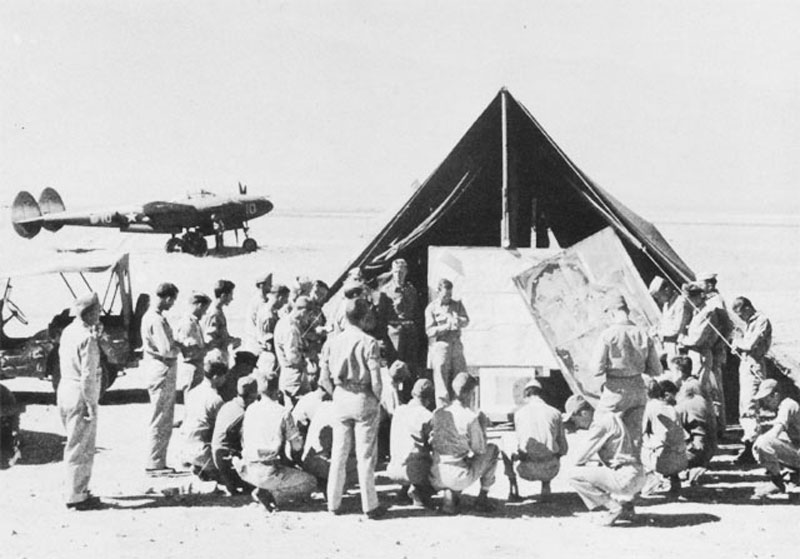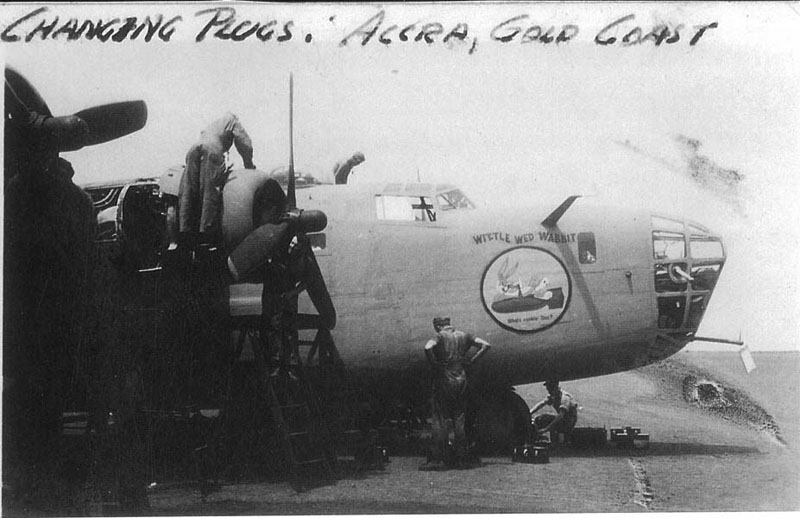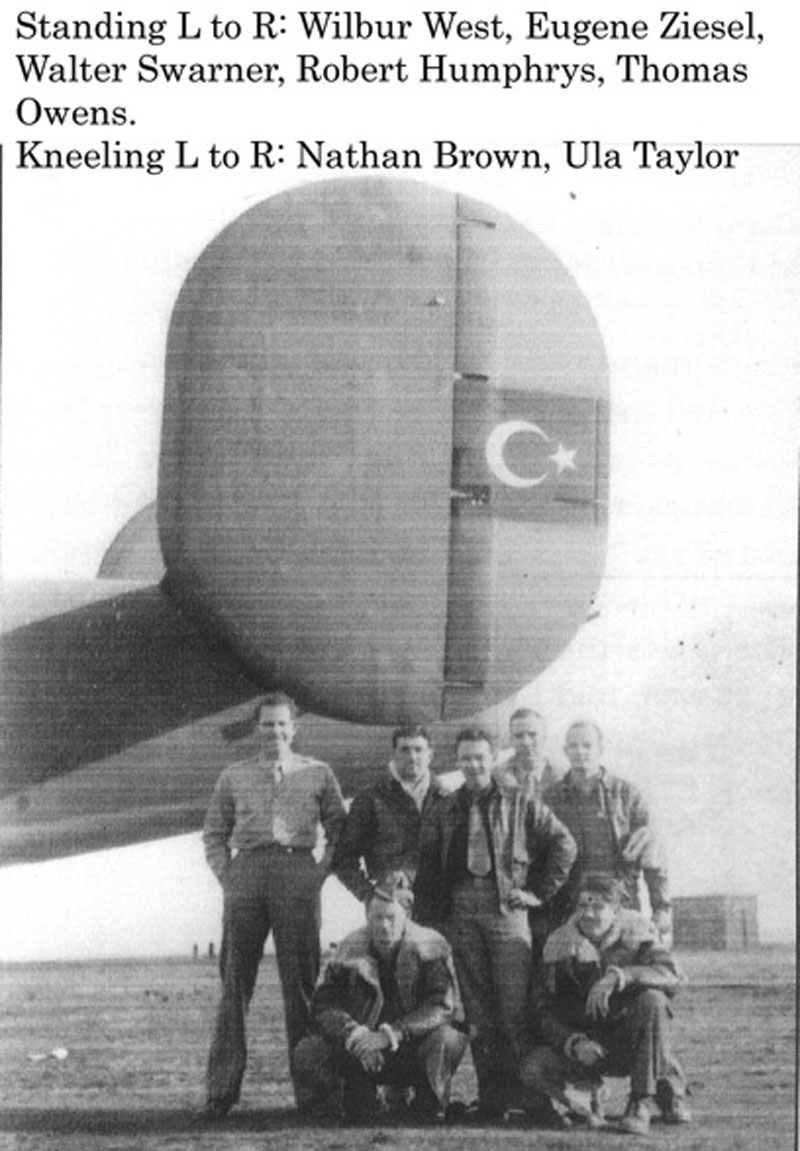Captain Walter C. Swarner

- Unit: 515th Bomber Squadron, 376th Bomber Group
- Service Number: O-435808
- Date of Birth: September 26, 1919
- Entered the Military: May 31, 1941
- Date of Death: April 30, 1943
- Hometown: Mercedes, Texas
- Place of Death: near Messina, Sicily, Italy
- Award(s): Air Medal with oak leaf cluster
- Cemetery: Tablets of the Missing. North Africa American Cemetery, Carthage, Tunisia
J.J. Pearce High School
2015-2016
Early Life
Walter C. Swarner Jr. was born September 26, 1919, in Tipton, Missouri to Walter and Dorothy Swarner. Two years later, Walter welcomed a little brother, Edgar. Walter Sr. graduated from college with a degree in agricultural sciences. After moving around Missouri for a few years, the family moved to Mercedes, Texas, and Walter Sr. became a citrus inspector for the region’s new grapefruit industry.
Ten-year-old Swarner arrived in the growing town of Mercedes, Texas, located in the Rio Grande Valley. His mother became involved in church functions and socials, while his father entered local competitions with produce he grew. Swarner graduated from Mercedes High School in 1936.
According to his cousin, he loved to drive and dreamed of flying. He enrolled at the University of Texas, funding his education with a job as a salesman. His work apparently kept him from any organized activities or fraternal organizations; however, his name is often featured in accounts of socials and parties given in Austin and back home in Mercedes.
In June 1941, Swarner left college to join the U.S. Army Air Corps, which later became the U.S. Army Air Forces, and earned his wings nine months later at Fort Sam Houston, Texas. The 22-year-old lieutenant left for North Africa in May and arrived at a Royal Air Force base in Egypt six months before the main American force would begin Operation Torch. The pre-World War II base sat in the middle of the desert about 70 miles from Cairo, an alien landscape from Swarner’s hometown of Mercedes.
Military Experience
A member of a taskforce commanded by Colonel Harry Halverson, Swarner flew his first bombing mission in June 1942, a little over a year after enlisting. On June 11, 1942, Swarner co-piloted the B-24 Liberator Brooklyn Rambler on a mission to bomb the Ploesti Oil Fields in Romania. The oil fields produced roughly one-third of the fuel for Axis airplanes and land vehicles and offered the U.S. Army Air Forces a tantalizing first target.
First Ploesti Bombing and Internment
The bombers left at 11:00 p.m. in hopes of bombing the oil fields as dawn broke. Each plane flew alone, unable to maintain formation in the darkness and radio silence. Of the original 13 bombers, 12 reached their target, but the bombs did not cause the level of destruction they had hoped. Swarner’s plane suffered damage and landed in Turkey rather than the planned rendezvous point in Iraq. Three other planes also crash-landed in Turkey.
The Turkish military held Swarner and several other American airmen captive at an airfield away from the rest of the captives. The Turkish government forced the Americans to maintain the American planes and teach Turkish pilots how to fly. Only the Brooklyn Rambler was capable of flight, and the men formulated a plan to escape to an Allied base using the plane. The men made repairs, running the engines periodically until their guards grew complacent.
On December 12, 1942, during the lunch hour, the Americans started up the engines and appeared to be making repairs. The men loaded the plane and prepared to fly out using a silk map of Turkey and Cyprus that one of the men had kept hidden. After distracting a Turkish mechanic, the men sealed the doors and the plane burst down the runway, quickly lifting off the ground.
The men navigated their way to Cyprus using their simple map and landmarks they spotted from the plane. After landing safely at a British airfield, they stood proudly in front of the Brooklyn Rambler with a Turkish symbol painted on the tail and took a group picture.
American military officials briefly considered returning the men to Turkey in order to maintain good relations; however, the men rejoined their units after two weeks of leave and celebration. Swarner rose to the rank of captain and led crews in bombing raids over Italy and Sicily in Naples, Palermo, and Messina from the new Allied base in Tunisia. According to Swarner’s tail gunner, Sergeant John Gaffney, the crew revered Captain Swarner. Swarner was “closer to us than any pilot in the outfit was to his crew,” said Gaffney. His crew credited their success to Swarner’s nurturing attitude.
Final Mission
Swarner’s final mission lifted off on April 30, 1943, and flew towards Messina, Sicily. Flying in the Wittle Wed Wabbit, with a caricature of Bugs Bunny on the side, Swarner and his crew found their target, dropped their payload, and turned to return home. Moments later, anti-aircraft fire blew off the bomb bay door.
Continual blasts erupted inside and outside of the aircraft. The plane went into a dive with three German fighters following close behind. Swarner pulled the plane out of its steep dive allowing it to glide into the ocean as the gunners continued to fire at the Germans. Gaffney credited Swarner’s improbable maneuver for saving their lives. Two other B-24s followed the Wittle Wed Wabbit’s descent to protect the injured plane from the fighters and watched as it crashed into the ocean.



Eulogy
Swarner, his tail gunner Gaffney, radio operator Sergeant Alberto Romero, and gunner Sergeant Andrew Huska survived the crash; however, as they waited for rescue, their injuries and the waves took their toll. Huska and Swarner drowned. After they realized that Swarner had died, the crew removed his life vest to save Romero. Swarner’s body slipped below the waves and was lost.
Walter C. Swarner Jr. is memorialized on the Tablets of the Missing at North Africa American Cemetery in Tunisia. Gaffney wrote to Swarner’s parents in December 1943 and told them of their son’s bravery, reminding them, “The skipper will always fly with me in spirit. He’s in Heaven now in a place where all good soldiers go. He’ll have smooth flying now.”
Reflection
Bibliography
Craven, Wesley Frank and James Lea Cate, eds. The Army Air Forces In World War II. Vol 2, Europe: Torch To Point Blank, August 1942 to December 1943. Washington, DC: Office of Air Force History, 1983.
Gaffney, John. Letter from John Gaffney to Mr. and Mrs. Swarner, December 29, 1943. www.armyaircorps-376bg.com/gaffney_john.html.
Missing Air Crew Report; Records of the Army Air Forces, World War II (3305); National Archives at College Park, College Park, MD.
Rich, Dennis. “Family, friends honor World War II Pilot.” Sedalia Democrat, October 9, 2006.
Story, Albert H. Transcript of interview by Edward F. Clendenin, September 8, 2007. 376th Heavy Bombardment Group Oral Histories Collection, Ball State University, Muncie, IN.
Walker, James W. The Liberandos: a World War II History of the 376th Bomb Group and its Founding Units. Waco: 376th Heavy Bombardment Group Veterans Association, 1994.
Walter C. Swarner, Jr., Individual Deceased Personnel File, Department of the Army.
“Walter C. Swarner, Jr.” American Battle Monuments Commission. Accessed November 10, 2015. www.abmc.gov/node/536085#.V6h_lrgrLIU.
West, Wilbur C. “Wilbur C. West Escape from Turkey.” 376th Bomb Group Veterans Association. Accessed April 10, 2016. www.armyaircorps-376bg.com/west_wilbur_420612_escape.html.
This profile was researched and created with the Understanding Sacrifice program, sponsored by the American Battle Monuments Commission.

